Puppy toilet training – the dos and don’ts
July 30, 2020Having a new little puppy in your life may be a total blessing, but there’s no denying it tests your patience too.
By taking on a new puppy, you need to start with basics – and that includes toilet training. Remember, this process can be even more stressful for your four-legged little canine than it can for you, so it’s super important to approach it the right way.
We’ve touched base with Heather Bradley, RSPCA South Australia’s Dog Training Coordinator, to bring you this guide to toilet training.
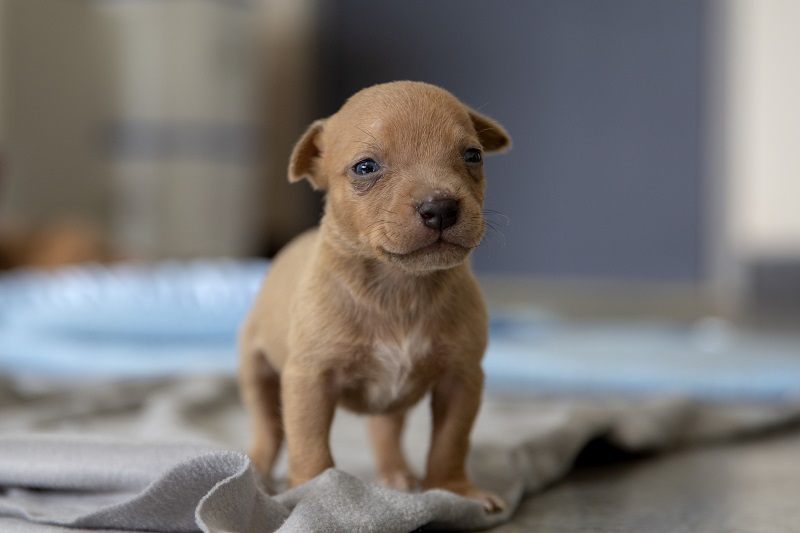
Do: reward good behaviour – and look out for signs
No two puppies or dogs are the same, so when it comes to any kind of training, every dog will learn at their own pace.
It does take time and patience to toilet train a puppy, but it’s also a great opportunity to bond with your new fur baby.
To ensure the training is as effective as possible, do make the process pleasant and fun for your pup by using reward-based positive reinforcement training.
On a daily basis, make sure your puppy has plenty of opportunities to go outside and reward them immediately after going to the toilet in the appropriate area outside.
By rewarding your pup immediately – instead of once you’ve waited for them to come back inside – you’ll teach them to associate going to the toilet in the right spot with a reward. The reward can be anything from a treat, a game or a favourite toy, to a pat on the chest or a “gooooood dog” – it’s up to you!
“It’s also a good idea to have your pup on a lead when you take them outside. That way they don’t get distracted by all the wonderful smells and adventures the backyard offers,” Heather Bradley says,.
“When they do toilet, you are right there to reward them at the right time and can then let them go off lead for an explore and play.”
The more you do this, the faster your puppy will learn. So, look out for signs that your little one needs to go so you can get outside straight away, giving them the opportunity to go in the right place.
Typical signs include sniffing the area, fidgeting, and circling before squatting. If your puppy is whining or pacing, this could be another indicator that they need to go (and they need to go now!) Your pup’s most common times to go are after waking, after playing, and after eating or drinking.
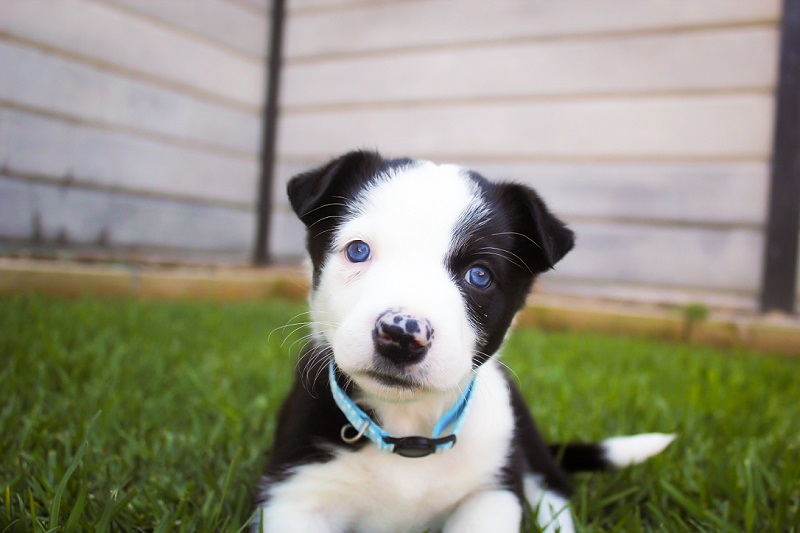
Do: consider starting with small spaces
It might make training easier – and your puppy less stressed – if you confine your pup to smaller spaces to start with. For example, you could keep them to one or two rooms rather than the whole house.
This makes it easier for you to keep an eye on them and improves the chances of you noticing when your pup needs to go.
Crate or Puppy Pen training can also really help and gives your puppy a safe and happy space to hang out when you’re busy or they’re tired.
“The crate and puppy pen are intended to be a ‘safe haven’ or ‘security blanket’ for the dog,” Heather tells us.
By nature, dogs like small, enclosed spaces, especially when they are feeling a little bit unsure as they often will in a new home.
Your four-legged friend will feel at ease just knowing that they’ll be able to “escape” to their crate or puppy pen whenever a bit of a break or time-out is just what they need.
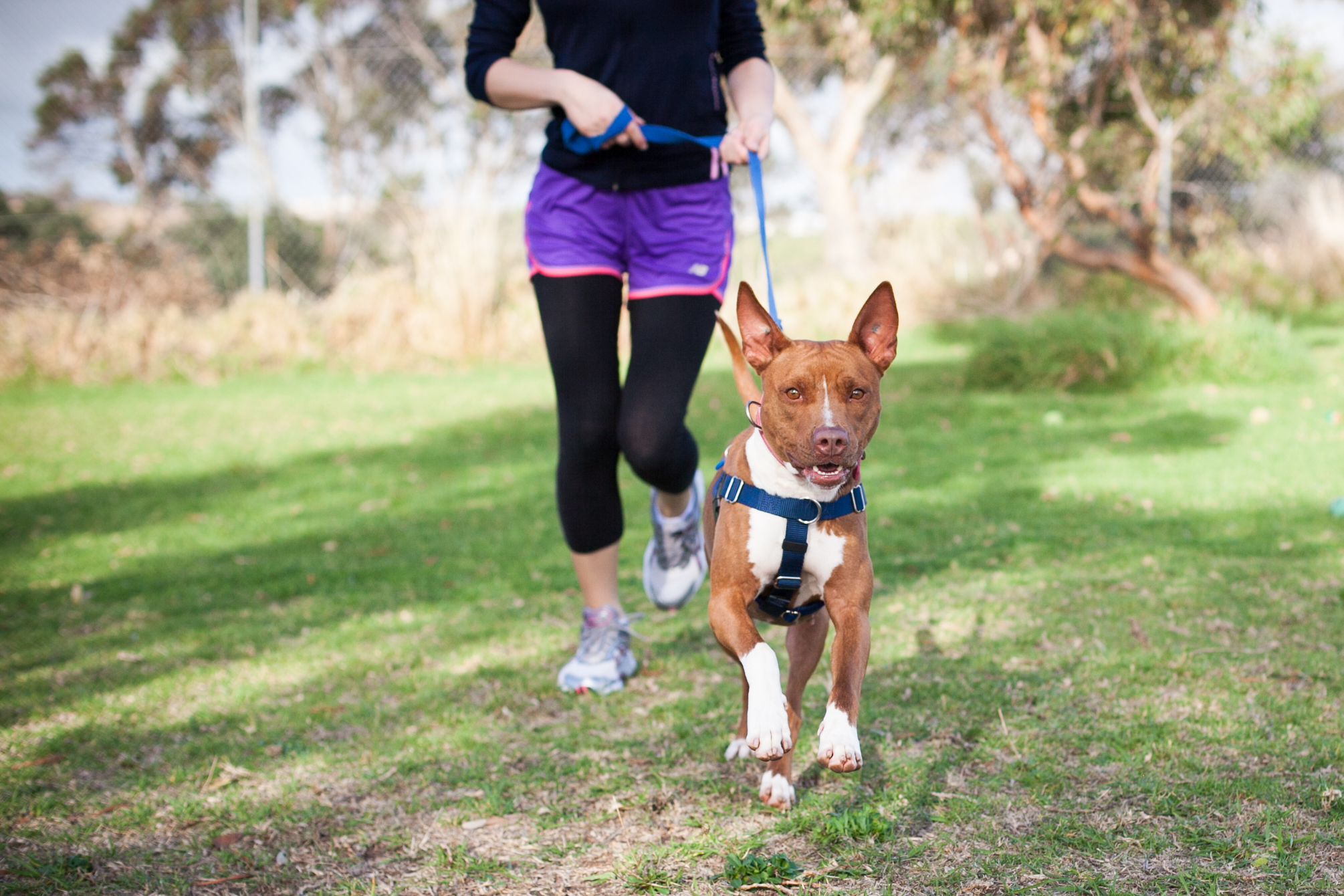
Don’t: punish accidents
Should your puppy have an “accident” and go to the toilet in the wrong place, ignoring it is one of the best things you can do.
Make sure to clean the spot thoroughly with an enzymatic cleaner or a warm solution of biological washing powder, and rinse with water to remove the smell. It’s important to make sure you’re using dog-friendly products.
Punishing your puppy for a simple accident, in any way, is a big no-no.
Puppies often don’t have full bladder control, meaning they often have accidents without being able to prevent or control it.
If you punish your puppy for a toileting accident, you might actually end up delaying their learning process. The only thing your puppy will “learn” from punishment is that going to the toilet in front of their human is scary, which makes your training much harder.
“Your pup may even learn that it is safer to only toilet when away from you, which can lead to those hiding spots behind the sofa,” Heather warns.
Overall, this sort of punishment could ruin your newly forming bond with your puppy, which you definitely don’t want!
Also – remember that your puppy has gone through a change by coming into your home. It’s a brand new environment with new people, which is another factor affecting the way they learn.
Don’t: freak out about accidents born of excitement
It’s common for puppies to have little accidents when they are very excited, but this is nothing to stress over.
If your puppy sometimes dribbles or squirts a little pee when you or a guest arrives at the door, rest assured that this is something they’ll likely outgrow.
The same thing can happen when your puppy shows submission to a person or animal (for example, if someone reaches down to your pup during a greeting).
To avoid this becoming a habit, just make sure that all greetings are calm and positive, and that your puppy is never forced into greeting people or animals.
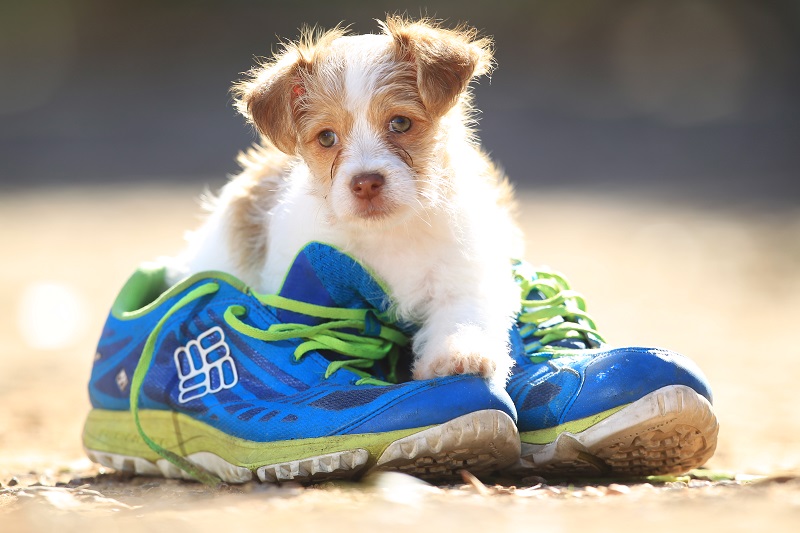
Do: follow a similar process for adult dogs
If you have an adult dog who has never been trained properly, the stages of learning to toilet are the same.
However, as puppies have smaller bladders than adult dogs, they will naturally need to toilet more often – so it’s essential to take puppies outside very regularly.
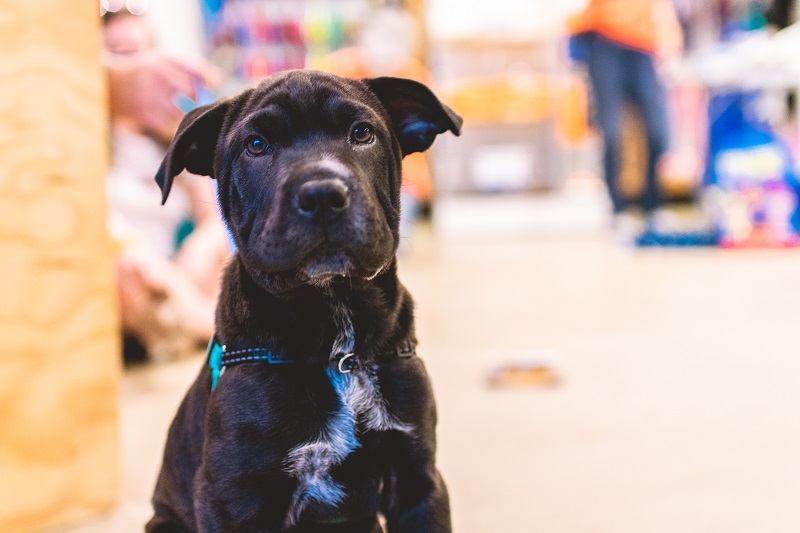
Still no luck?
If all your efforts toilet training your puppy or dog turn out unsuccessful, it might be time to see a professional.
There could be a medical reason why your pooch is having a hard time with toilet training, so in these cases it’s best to see your vet for professional help and advice.
If there are no medical causes for your pup’s issue with toilet training, it may also be worth looking into one-one-one classes available at RSPCA Dog Training.
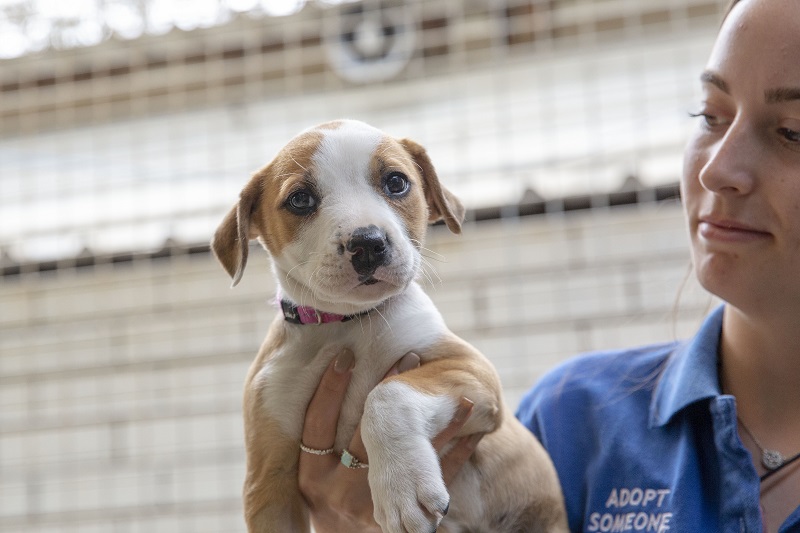
If you’d like some help growing your new pup into a well-balanced and socialised dog, you’ll want to look into RSPCA Dog Training. With a range of classes catering to puppies and adult dogs, you’ll walk away understanding exactly how to best communicate with your pooch.


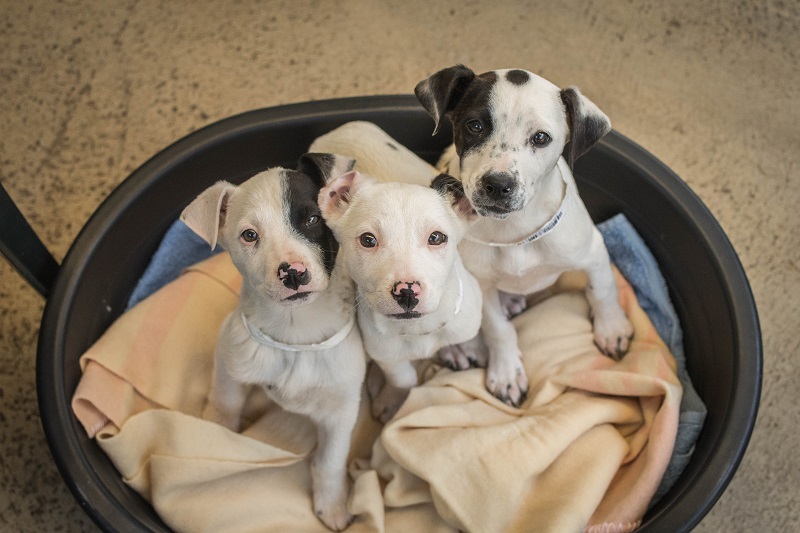
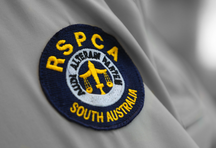

l am looking for friendly puppy so it can be brought up with the children. l am looking for a Cocker Spaniel Pu. If you know where l can get one from please.
Hi Jennifer, you can always keep an eye on our adoption page to find your perfect pooch. There are plenty of gorgeous doggo’s up at the moment looking for their forever home.
https://www.rspcasa.org.au/adopt-a-pet
I’m looking for a puppy wider hair terrier a little girl
Hi Kathleen, you can always browse our adopt a pet page >> https://www.rspcasa.org.au/adopt-a-pet